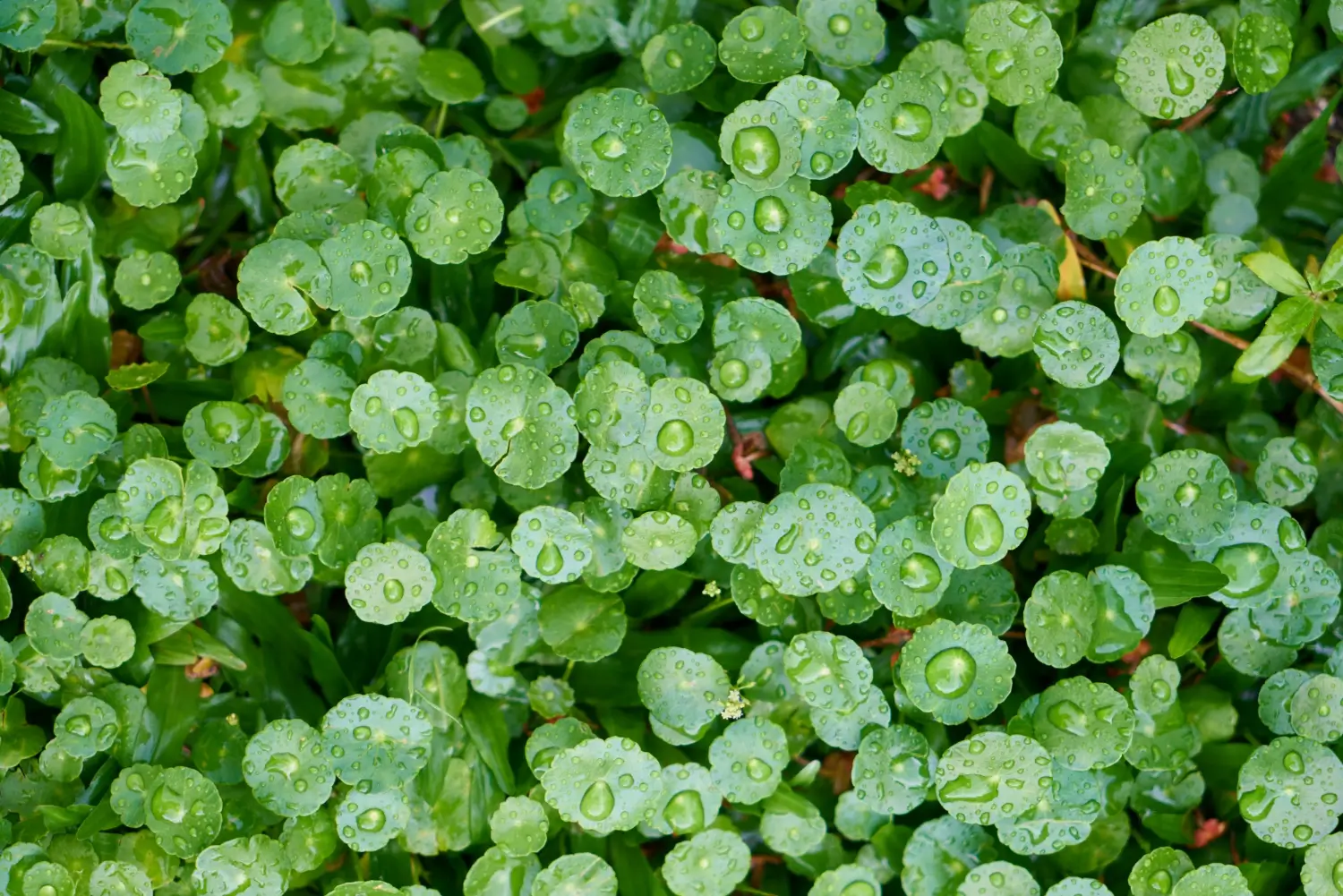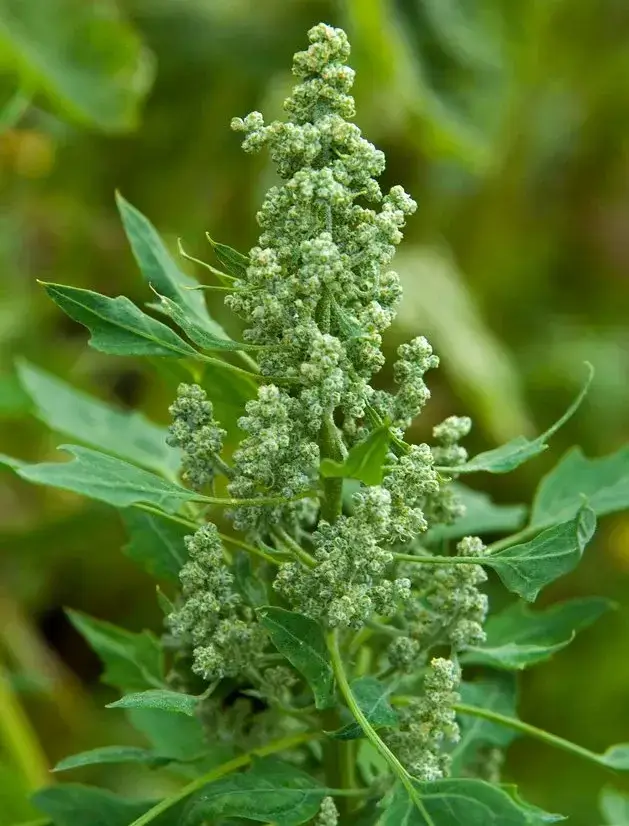
Soil Health & Fertilization
We unite suppliers and green industry professionals worldwide
Want to add a bold evergreen shrub to your landscape or garden? The False Holly (Osmanthus heterophyllus) may be exactly that source for you.
By Victor Miller
|Published on June 11, 2025


Want to add a bold evergreen shrub to your landscape or garden? The False Holly (Osmanthus heterophyllus), with its unique, holly-like leaves and fragrant flowers, may be exactly that source for you. This perennial shrub can bring four-season interest to your garden while providing an upscale feel.
Whether used as a hedge, a specimen plant, or even as a container plant, False Holly's spiny, leathery leaves and lovely white blooms make it an eye-catching addition to your garden or patio.It’s a sturdy plant that can thrive under a wide range of conditions, which is why it’s a popular plant for so many gardeners. Here’s some tips on how to grow and care for the False Holly to keep it doing well in your outdoor space.
| Scientific Name | Osmanthus heterophyllus |
| Common Name | False Holly, Holly Osmanthus |
| Type | Evergreen shrub |
| Height | 4 to 8 feet, Width: 4 to 6 feet |
| Light Requirements | From partial to full sun |
| Soil type preferred | Well draining, slightly acidic soil |
| Water Requirements | Water moderately, let soil dry out between waterings |
| Hardiness Zones | 7-9 |
| Flowers | Fragrant, white flowers in small clusters |
| Foliage | Glossy holly-like leaves |
| Growth Rate | Moderate |

September 25, 2025
9 minute read
September 24, 2025
9 minute read
September 23, 2025
10 minute read
September 22, 2025
9 minute read


Join as a seller and connect with thousands of B2B buyers nationwide!
Sign Up

Quick Fire Hydrangea
Quick Fire Hydrangea is an early blooming, fiery-toned shrub that brings drama and color to the garden long before most hydrangeas even think about flowering. It comes into bloom as early as late spring, and sets landscapes aglow with frothy white flowers

Watercress
A pepper green that’s as spicy as it is fresh

Quinoa
Though a typical grain, quinoa is actually the seed of a flowering plant, and its nutritional profile surpasses those of many real cereals with its high protein, fiber and mineral content.

Xanthosoma
A Tropical Beauty That Delivers Drama With Its Foliage and Lush, Exotic Vibe
The False Holly is a hardy little plant that grows with very little attention. Whether you grow it in a garden bed or a container, it is relatively easy to care for as long as you give it suitable conditions. Here’s what you need to know to keep your False Holly healthy and lively.
False Holly likes slightly acidic, well draining soil. It is tolerant of a variety of soil types ranging from loamy to sandy, as long as drainage is good. If your soil is heavy or clay type soil, amend it with some organic matter compost or peat moss so that the soil structure and drainage increases. The soil should be kept moist but never waterlogged, so be sure to check that the water flows freely from the base of the container or bed.
False Holly likes moderate water, so allow soil to dry slightly between waterings. That said, it is possible to overwater the plant. Water deeply once or twice a week in the growing season (spring through fall), and cut back during the winter when the plant is dormant. In a container, False Holly may require more watering, particularly in warm weather, as pots can dry out faster than garden soil.
If you want your False Holly to be neat and compact, you can prune it as well. This shrub tolerates light pruning and regular maintenance will encourage denser growth and a more appealing shape.
Tip: False Holly doesn’t need severe trimming, so don’t go overboard! Prune only when necessary to shape the plant or remove problem areas.
False Holly can be propagated by means of cuttings or layering. Although it may be grown from seed, it is a slower and less common method than using stem cuttings.
To propagate using cuttings:
Or you can propagate by layering, where you bend a low branch to the ground and allow it to root while still attached to the parent plant.
The False Holly has very manageable growing habits, making it an ideal candidate for gardeners with limited space such as patios, balconies, or small yards. A pot-grown evergreen shrub that will stay compact and can be shifted if you need to move it around.
How to Grow False Holly in Pots:
With the right care, False Holly can thrive in containers and add an attractive touch to any outdoor living space.
False Holly is quite the tough shrub, although if you happen to live in a colder zone (7 and below) you will have to protect this beauty through the winter months. Here’s how to keep your plant through the winter:
If you take care of and protect your False Holly wisely in the winter, it will remain healthy and wait for spring to thrive!
The False Holly is more renown for its evergreen foliage than its flowers, but even so this plant will bear small, fragrant white blooms during the fall, adding a welcome touch of scent to your garden. These pretty little flowers are often overlooked but have a powerful scent that carpets the area around them.
Its flowers attract beneficial pollinators like bees and butterflies, so it’s a solid option for wildlife gardens. Edible, small blue-black berries follow the blooms, but they aren’t palatable;most probably they’re just there for a bit of seasonal interest. False Holly features evergreen leaves that add interest all year around, so even when it’s not in bloom, the plant makes a lovely addition to your landscape.
False Holly has some pest/disease challenges (especially in under-ideal settings), but overall is a low maintenance plant. Some issues to be on the lookout for:
This Elegant and Low maintenance shrub, brings you year-round interest in your garden. The False Holly with its glossy, hollylike leaves and fragrant autumn flowers, is one of the best choices for gardeners in search of a hardy, versatile specimen.
No, False Holly is toxic to pets when eaten and therefore should never be left where animals can reach it.
While False Holly can tolerate some shade, it thrives in partial to full sun. In full shade, it may become leggy and have fewer flowers.
Late winter or early spring is the best time to prune False Holly for shape, deadwood removal and to promote a more compact form.

Soil Health & Fertilization
Victor Miller

Pest Identification & Prevention
Victor Miller

Lawn Care Tips & Maintenance
Victor Miller

Soil Health & Fertilization
Victor Miller

Smart Irrigation Systems
Victor Miller

Patios, Walkways & Driveways
Victor Miller

Soil Health & Fertilization
Victor Miller

Pest Identification & Prevention
Victor Miller
My Account
Our team is always here to help.
We are open Monday - Friday, 9:00 AM to 4:30 PM PST.